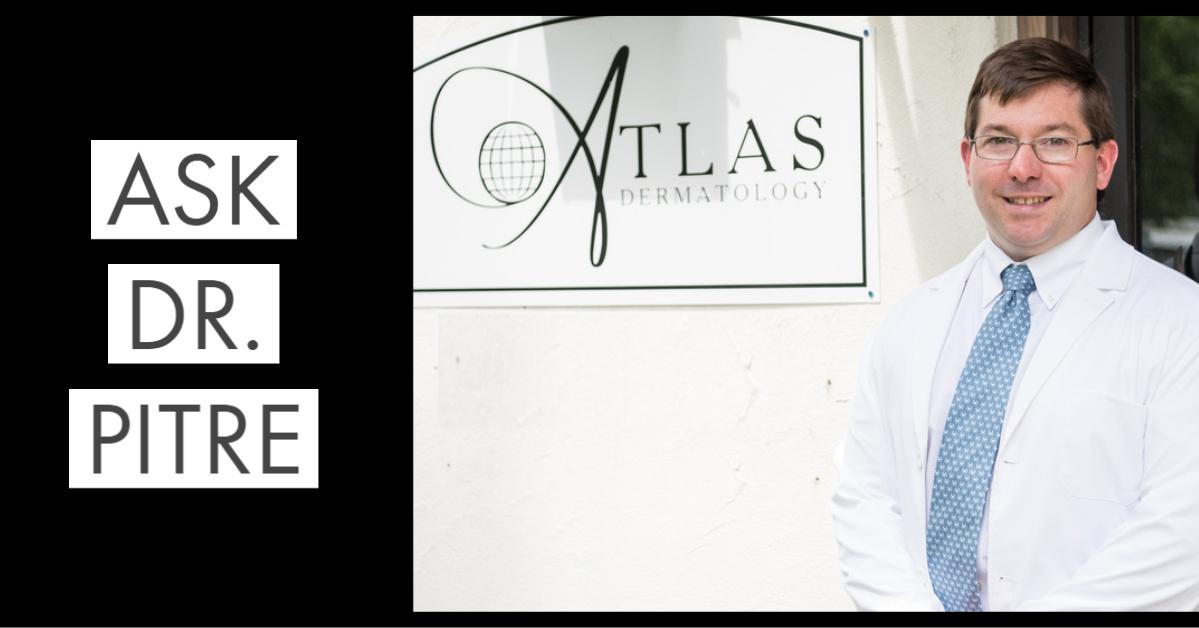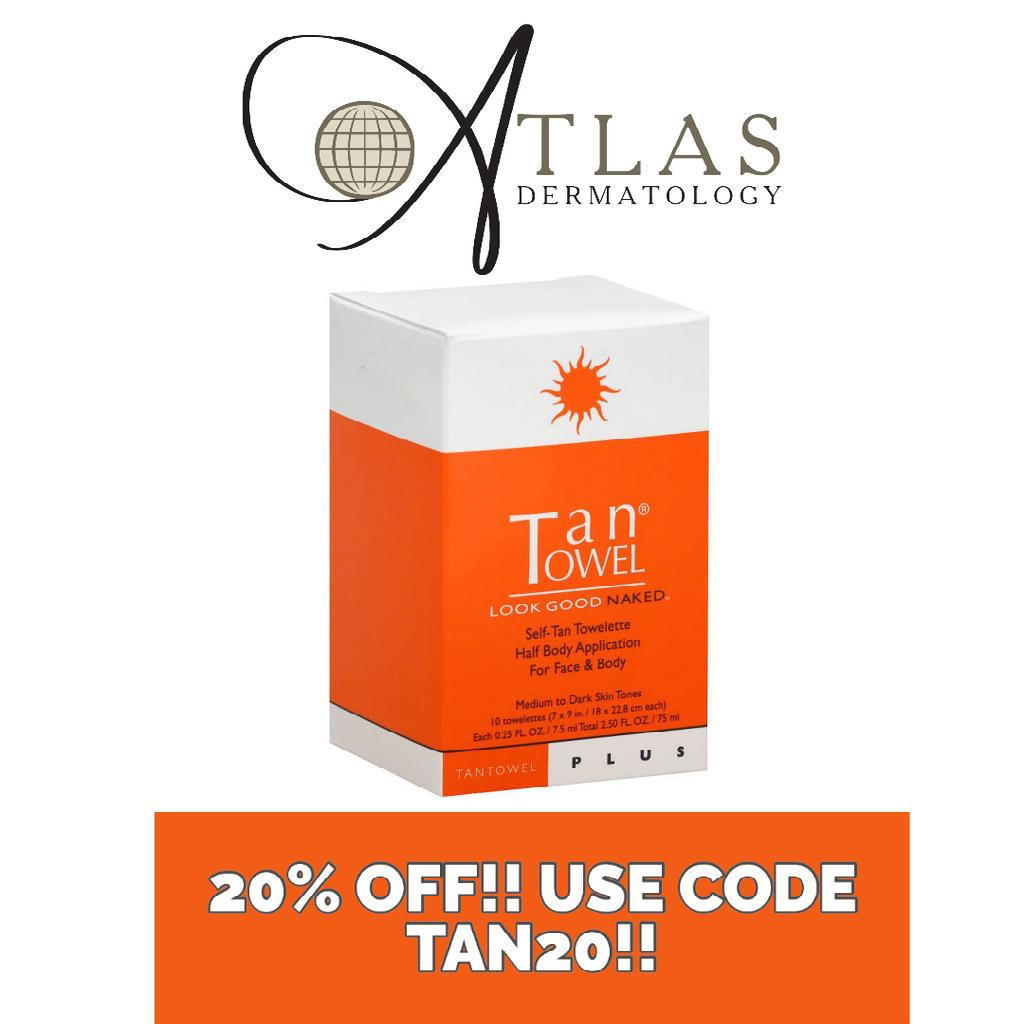

Sun Protective Clothing: What’s the Hype?
Louisiana is known as sportsman’s paradise, and many individuals living in this great state, including myself, participate in a variety of outdoor activities. One of the great joys of being outdoors is basking in the warm glow of the sun. However, much like many of life’s pleasures, it is best done in moderation. Sunlight includes rays of ultraviolet (UV) light that, when in excess, can lead to sunburn as well as skin cancer, wrinkles, and age spots. Sunscreen can provide protection from the sun’s harmful rays; however, sustained protection requires repeated application to all exposed skin, which can become a costly inconvenience.
Certain characteristics of clothing fabric, such as the weight, color, weave, stretch, and moisture-wicking properties, impact its ability to block UV radiation. For example, densely woven fabric, such as denim, canvas, wool, or synthetic fibers, is more protective than sheer, thin, or loosely woven material. Dark or bright colored fabrics absorb more UV radiation than lighter colored fabrics. However, densely woven, darker clothing is often not ideal attire to wear during warmer months.
In recent years, sun protective clothing manufactured from various textiles, or woven fabrics, has become increasingly popular among outdoor enthusiasts. These garments offer optimal sun protection while also providing comfort, breathability, and moisture-wicking properties. They are available in the form of hats, long sleeved shirts, jackets, shorts, pants, and blankets, and they come in a variety of sizes to accommodate all ages. These garments are labeled with a UV Protection Factor (UPF) rating to quantify their degree of UV protection. A UPF of 50 indicates that if the fabric were exposed to 50 units of UV radiation, only 1 unit (or 2%) would penetrate the fabric and reach the skin. Most sun protective clothing has a UPF rating of at least 30. For comparison, the average UPF rating of a white cotton T-shirt is around 5, meaning that 20% of the UV radiation would penetrate the fabric.
While wearing sun protective clothing, it is important to follow additional measures to minimize sun exposure. Frequently apply a broad-spectrum, water-resistant, SPF 30 or greater sunscreen to all exposed skin. Lastly, individuals should seek shade, avoid direct sun exposure between 10 am and 4 pm, and wear a wide-brimmed hat with UV protective sunglasses.
If you have any questions regarding sun protective clothing or would like to hear about other ways to protect yourself from the sun, I am here to help!
Joshua M. Pitre, MD
Click here to schedule your next appointment.

